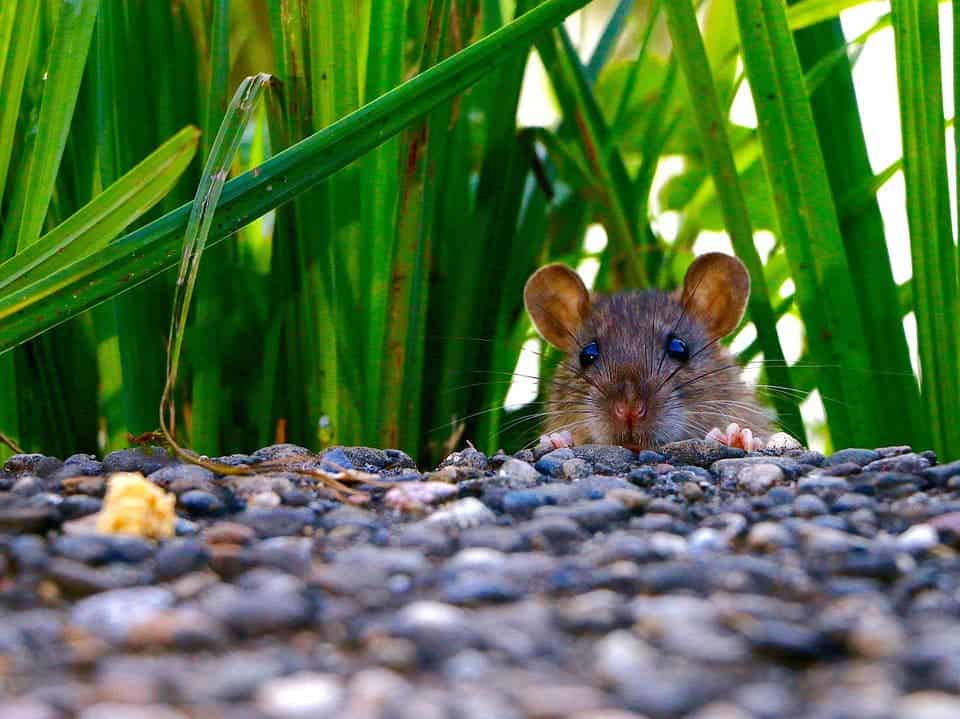Activating an excitatory gene may help turn around classic symptoms of depression like social isolation and loss of interest — if you’re a dude.

Image via Pixabay.
New research found that jump-starting SIRT1, a gene which governs cellular metabolism, can help the male brain bounce back from classic symptoms of depression. The study was performed using an animal model but the team is confident their findings carry over well to other species, us included.
Messy, stressy, and depressy
“It has an antidepressant-like effect,” says Dr Xin-Yun Lu, the study’s corresponding author and a professor in the Department of Neuroscience and Regenerative Medicine at the Medical College of Georgia at Augusta University.
The team turned to the prefrontal cortex (PfC), an area of the brain involved in a host of complex behaviors. Past research has shown that the PfC, which helps modulate emotional responses and controls neurotransmitter levels in the brain, plays a key role in major depression. In broad lines, inactivity in this region is associated with depression — as neural activity in the PfC drops, depression severity increases.
Looking for a way to boost activity in the PfC, the team turned to SIRT1, an excitatory gene. SIRT1 plays a key role in modulating the activity of cells. Their plan was to forcibly activate this gene in excitatory neurons — those that tell other neurons, in turn, to activate or stand-by.
First, the team tried inactivating this gene in excitatory neurons in male mice. The mice quickly developed symptoms of depression like social isolation and general loss of interest/apathy. This showed the team that they were on the right track. So, for the next step, they tried the exact opposite — chemically activating the SIRT1 gene in the same neurons. For those mice whose depression was caused by stress (and not induced through gene manipulation), the symptoms of depression were reversed by the procedure, the team reports.
Dr. Lu’s team explains that SIRT1 also has another role that may explain this anti-depressive effect — it regulates mitochondrial function. In plain English, the gene tells cells how much energy they can produce. At least part of the depressive symptoms seen when inactivating SIRT1 can be explained by a reduced number of mitochondria and impaired expression of genes involved in ATP (adenosine triphosphate, basically cellular fuel) production. Excitatory neurons simply don’t have enough energy to draw on when SIRT1 doesn’t function properly, which reduces overall activity in the PfC.
On one hand, SIRT1 inactivation (caused by stress) leads to symptoms of depression by reducing neural activity in areas of the brain involved in mood regulation. Problems like manic behavior and seizures, on the other hand, indicate excessive neural activity in the same areas, the team reports.
Depression is generally considered to be caused by a combination of genetic and environmental factors. Lu says some individuals likely are born with a variant of SIRT1 which predisposes them to depression — although environmental factors must also come into play for depression to happen. She notes that the SIRT1 variant is likely rare and only associated with depression rather than considered causative.
Still, depressed mice and humans act similarly, Lu says, which includes an impaired ability to feel pleasure called anhedonia. The team hopes that drugs modulating SIRT1 expression can one day be used to treat both insufficient and excessive neural activity in the PfC, given their efficiency in mice models.
However, the team also notes that this process didn’t work in female mice, despite the fact that the SIRT1 variant was first identified in a study on depressed women. They believe this comes down to physical differences in the PfC — such as the numbers of neurons and synapse architecture — between the two sexes. Dr. Lu is now investigating if the hippocampus, another brain region important in depression, shows similar sex disparities.
The paper “SIRT1 in forebrain excitatory neurons produces sexually dimorphic effects on depression-related behaviors and modulates neuronal excitability and synaptic transmission in the medial prefrontal cortex” has been published in the journal Nature.


